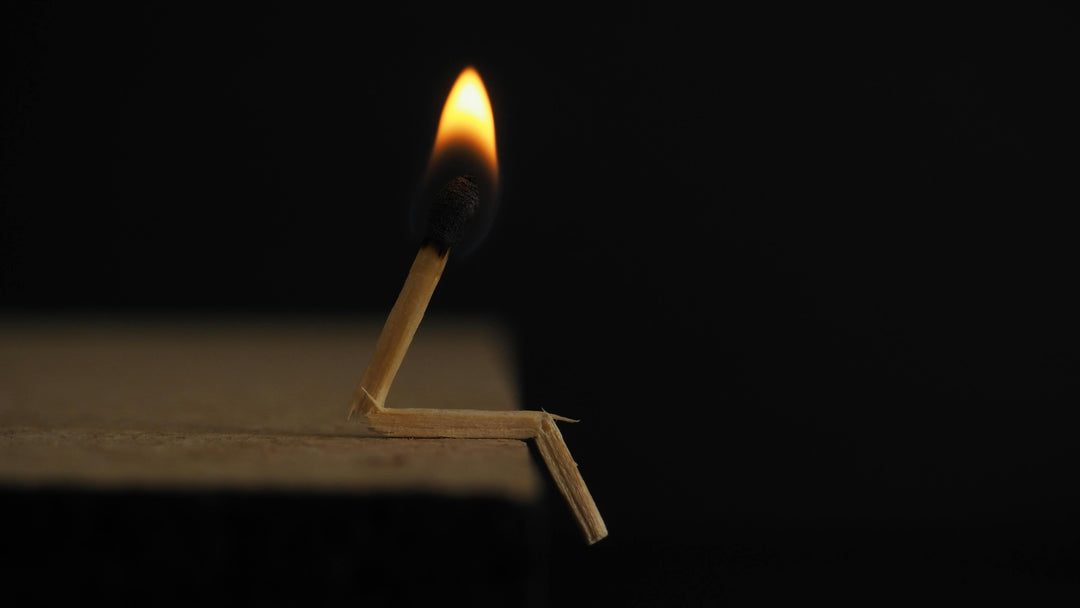How To Tell If Gold Is Real?
Gold has long been a symbol of beauty, wealth, and craftsmanship. But whether you're holding a family heirloom or shopping for a new piece, one question often comes up: Is it real gold?
At Lorenza Jewelry in Marietta, GA, we understand how important it is to feel confident in the quality of your fine jewelry. This guide walks you through how to check if gold is real—clearly, safely, and with professional insight.
Why Authenticity Matters
First, let’s talk about why it matters if your gold is real. It’s not just about value—it’s about trust, craftsmanship, and long-term care.
Here’s what authenticity affects:
Insurance & Appraisals
Only real gold can be properly appraised and insured for what it’s truly worth.
Custom Design
Knowing your gold’s karat ensures a smooth redesign or upgrade—especially when blending with new elements.
Repairs
Authentic gold behaves predictably under heat and pressure, making it safer to repair.
Gifting Confidence
A real gold piece means your gift carries lasting beauty and meaning—not just sparkle.
At Lorenza Jewelry, we specialize in evaluating and working with authentic fine gold—from repairs to full custom designs, all crafted right here in Marietta.
Signs Your Gold Might Be Genuine
While professional testing is the most reliable method, there are early clues you can look for at home:
-
Stamped Hallmarks: Real gold typically features small stamps such as “14K,” “18K,” or “750” indicating its purity.
-
No Tarnish: Pure gold doesn’t oxidize or tarnish. Discoloration may suggest plating or a lower-value alloy.
-
Heaviness: Gold is dense. If the piece feels unusually light for its size, it may not be solid gold.
-
High-impact Insight: If your piece says “GF” or “GP,” it means “gold filled” or “gold plated”—not solid gold.
Quick At-Home Tests for Gold
These simple methods can offer clues, but they're not always conclusive. Use them carefully:
1. Magnet Test
Gold is not magnetic. If your jewelry is strongly attracted to a magnet, it’s likely not real gold.
2. Skin Test
Wear your gold piece for a day. If it leaves a green or black mark on your skin, it may contain copper or other base metals.
3. Ceramic Scratch Test
Lightly rub the jewelry on an unglazed white ceramic tile. A real gold item should leave a gold streak—not black.
Always perform these tests carefully, as they may damage delicate pieces.
What About Professional Testing?
To be sure, nothing replaces the expertise of a jeweler. At Lorenza Jewelry, we use the following methods:
Acid Testing
A controlled drop of acid reveals the karat level based on the reaction—or lack thereof. It’s quick and reliable for solid gold.
Electronic Testing
Using a specialized device, we test the conductivity of the metal without harming the jewelry. This method is accurate and safe, especially for finished or antique pieces.
XRF Analysis
For premium evaluations, X-ray fluorescence can precisely identify the metal’s makeup without altering the piece.
If you’re near Marietta or the greater Atlanta area, we invite you to stop by Lorenza Jewelry for a trustworthy gold evaluation.
What Do Gold Karats Mean?
Gold’s purity is measured in karats—not to be confused with carats used for diamonds. Here's a quick breakdown:
Gold Purity Chart
14K gold is often considered the best mix of elegance, strength, and value.
Why Karats Matter When Testing Gold
Karats don’t just indicate value—they affect how gold reacts to testing. Since lower karat gold is alloyed with other metals, it behaves differently under acid, electronic, and magnet tests.
Acid Testing
Each karat has its own acid strength. The right reaction confirms authenticity:
-
10K acid is stronger and only pure 10K will resist.
-
14K acid will dissolve lower karats but not 14K.
-
18K acid is gentler—14K may react, even if it’s real.
So testing 14K gold with 18K acid might give a false “fail.” That’s why knowing the expected karat is key.
Electronic Testers
These measure conductivity, which varies by purity.
-
Pure gold (24K) has stable readings.
-
Lower karats may read less precisely due to more alloy metals.
-
Matching the tester to the karat gives better accuracy.
Magnet Test
-
Gold isn’t magnetic—but alloy metals might be:
-
A 10K piece might show a mild pull.
-
If a magnet reacts, it could be low-karat or fake.
-
Knowing karat helps interpret this test correctly.
Scratch Test
-
You scratch the gold on a stone and apply acid:
-
Lower karats fade faster under higher-karat acid.
-
Higher karats resist more.
If you test 14K gold with 18K acid, it may dissolve slightly—that’s not failure; it’s expected.
In short: Karat level guides proper testing and avoids misreadings. At Lorenza Jewelry, we check each detail so you can be sure your gold is real—and worth it.
Common Myths About Gold
“If It’s Heavy, It Must Be Real”
Some base metals are dense too. Weight alone isn’t proof.
“Gold Can’t Tarnish”
While high-purity gold (like 24K) resists tarnishing, lower karats (like 10K or 14K) contain other metals that may darken over time. Tarnish doesn’t always mean it’s fake.
“If It Has a Stamp, It’s Real”
Hallmarks help—but they can be forged. A “14K” stamp on its own doesn’t guarantee authenticity. Testing confirms what stamps only suggest.
Final Word: Trust What You Wear
If you're unsure whether your gold is real, don’t guess. Let Lorenza Jewelry provide clarity—and craftsmanship you can trust.
Can Lorenza Jewelry Help?
Absolutely. Our heritage began in 2008 as a small repair shop, and we’ve grown into one of Marietta’s most trusted names in fine jewelry.
We offer:
-
Professional gold testing
-
Jewelry cleaning and repairs
-
In-house custom jewelry design
-
Trade-in and gold buying services
Visit us at:
Lorenza Jewelry
2100 Roswell Rd Ste. 2160
Marietta, GA 30062
Book an appointment with our experts or drop by the store today to get started.







